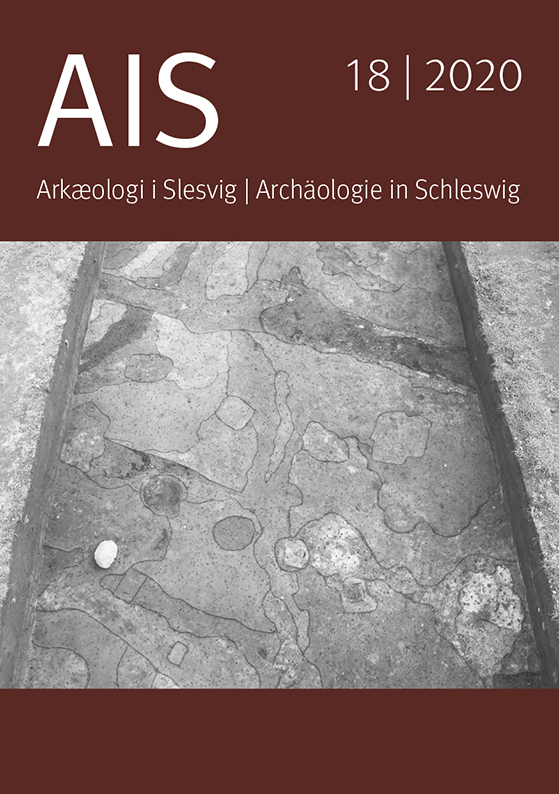Dansk
Abstract
The stone and earth banks belong to
a category
of archaeological evidence,
which can contribute to our understanding
of the cultural landscape. Often,
however, they do not receive the
attention they deserve. They are spread
across the agricultural landscape like a
fine mesh and may provide information
about agricultural systems, administrative
borders, and previous land ownership.
Most of the stone and earth banks
were erected during the reorganisation
of
the villages’ lands towards the end of the
18th century but may also be older.
Museum
Sønderjylland has worked with the
stone and earth banks for many years to
preserve this category of evidence – increasingly
so, they are in danger of disappearing
completely due to modern intensive
agricultural cultivation methods.
Studies in five areas of eastern Denmark
have shown that 70 % of the banks shown
on maps from 1884 had disappeared in
1981 (Bang 2009, 6). In this way, important
pieces have been lost to the understanding
of the cultural landscape. The
purpose of this article is to draw attention
to the fact that the still preserved
banks in many cases are the last and only
visible evidence of abandoned farms, villages
and older field and cultivation systems.
The purpose is also to investigate
the extent to which the banks appearing
on historical maps can be found in the
archaeological excavations.
Downloads
Veröffentlicht
Zitationsvorschlag
Ausgabe
Rubrik
Lizenz
Die Zeitschrift ist nicht dafür verantwortlich, Erlaubnisse von Dritten einzuholen, beispielsweise um Abbildungen bei evtl. Publikation des Materials.etc. zu benutzen.
Der Autor ist allein verantwortlich für alle Rechte bezüglich Kartenmaterial, Fotos, Zeichnungen und andere graphische Elemente.
Das copyright für die Artikel liegt bei den Autoren und der Zeitschrift.
Autoren, die Ihre werken in dieser Zeitschrift publizieren, akzeptieren folgende Bedingungen:
Open Access: Der Autor behält die Ursprungsrechte und erlaubt der Zeitschrift die Erstpublizierung.





